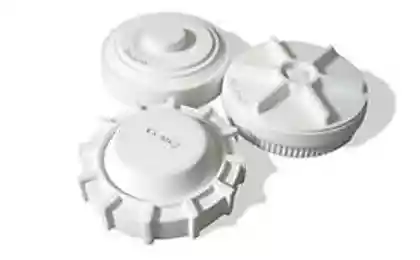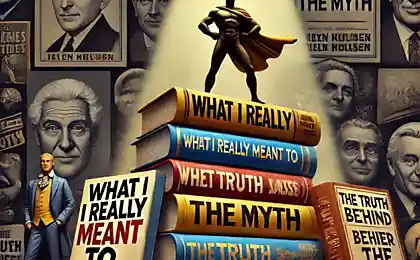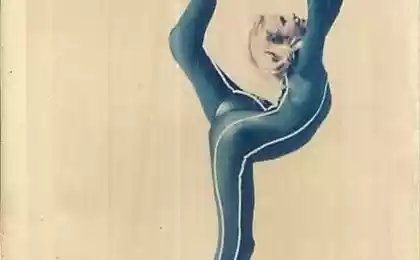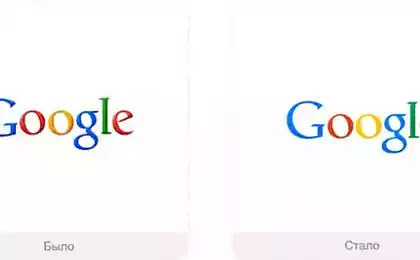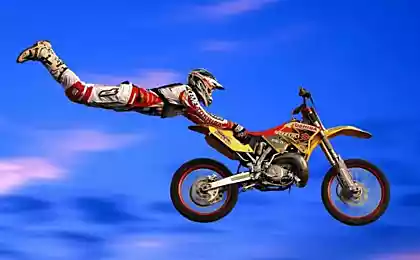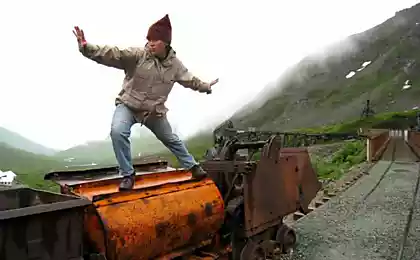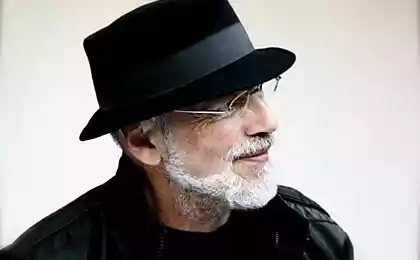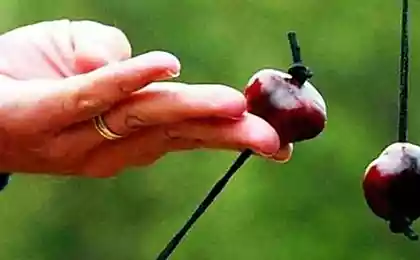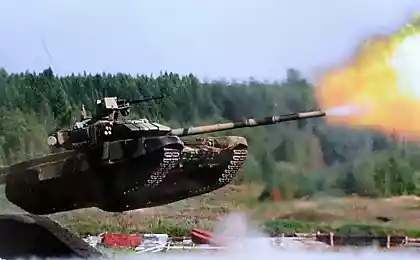510
8 items from the world of sport, which actually was created by the designers
Fifty six million seven hundred eighty eight thousand nine hundred fifty
How look around us things, not an accident. Once all of these things — furniture, dishes, clothes, appliances — have been developed by designers. Sports equipment is no exception.
The website decided to find out who exactly invented the design of well-known objects from the world of sport.
Soccer ball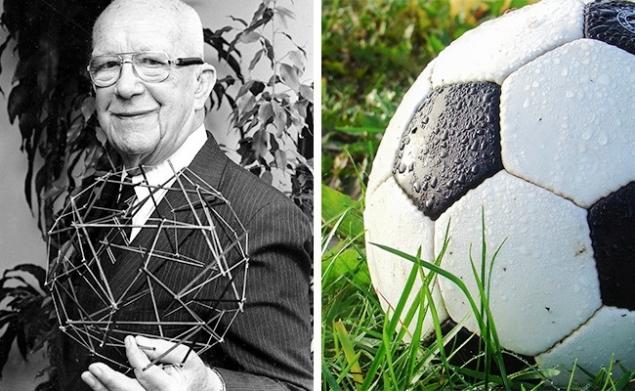
The most commonly known form of a soccer ball — not the ball, as we used to think, and truncated icosahedron. Tire of this ball is stitched from 32 panels — 20 white hexagons and 12 black pentagons. The idea of a 32-panel ball was borrowed from the American architect and designer Richard Buckminster fuller. He was looking for new ways of erecting buildings that would make them the closest in form to the sphere or hemisphere. The first such ball was developed by Adidas for world Cup 1970.
Chess pieces

1 Mar 1849 Nathaniel cook registered a new original design of chess pieces. 8 September of the same year the magazine The Illustrated London News published an article which reported that in the creation kit involved the famous English chess player Howard Staunton. New chess design got its name. Chess set design "Staunton" is the recommended for the competition, held by international chess Association.
The Golf ball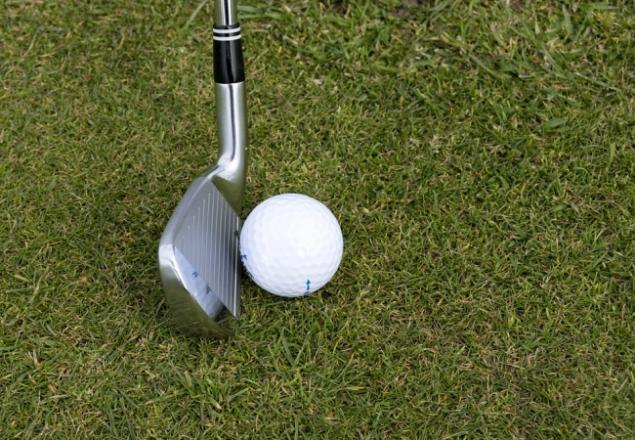
In 1905 the English engineer William Taylor patented the ball with an unusual design, its surface was covered with pits. Taylor drew attention: golfers trying to create pits on their goals to increase their aerodynamic properties. He ran tests identified which the surface of the ball will give the best range, and developed a ball with evenly distributed grooves.
Today Golf balls with smooth surface are hardly used. The number of pits rose to 250-450, and in some models their number is greater than 1000.
Figure skates
The prototype of the modern skate design is Jackson Haines 1860-ies — thick blades with cool curved up toe and without teeth. It Haines started to tie skates directly to the soles of shoes before skates were fastened with special straps.
The teeth on the toe of the skate invented by the Swedish skater beginning of XX century Karl Ulrich Salchow. They were necessary to facilitate the implementation of jumps and figures. Then, the skater Nikolai Panin-Kolomenkin perfected the model he created skates with 3 uprights for extra strength. Other essential innovations since it was not, small changes were exposed only to form the ridge, the configuration of the teeth and blade thickness.
Roller skates
In the 1960s, there are models of inline skates for figure skating training. These skates once saw a hockey player Scott Olson. Inspired by the idea, Scott brothers Brennan and Jim decided to make their videos. They reworked the design: skates one-piece of steel with polyurethane inserts for support, were added topolyurethane wheels, a metal frame 2 of the bearing to the wheel and toe brakes.
In 1980, the brothers Olson founded Rollerblade Inc., which has become a world leader in the production of roller skates.
Tennis racket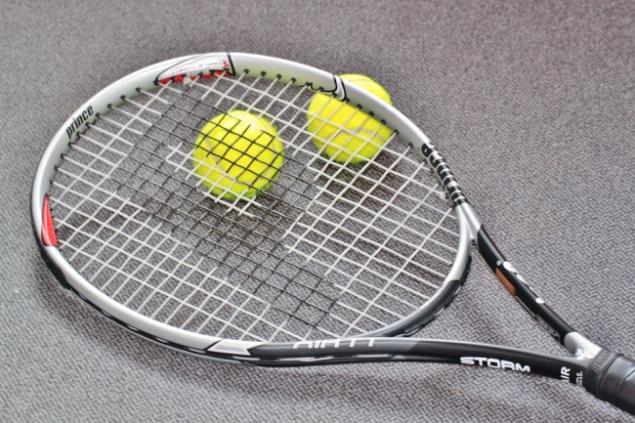
In 1874 the Englishman Walter Wingfield was granted a patent for the invention of the game "sferistika" — from this moment begins the history of tennis.
In 1976, engineer Howard head designed a racquet , Prince Classic with big size rims are made of aluminum. A large area of the rim Prince Classic has greatly enhanced "game spot", the racket became more comfortable with the game.
Modern tennis rackets are made of graphite. The first fully graphite racket called Cannon in 1974 released us company Aldila.
Skiing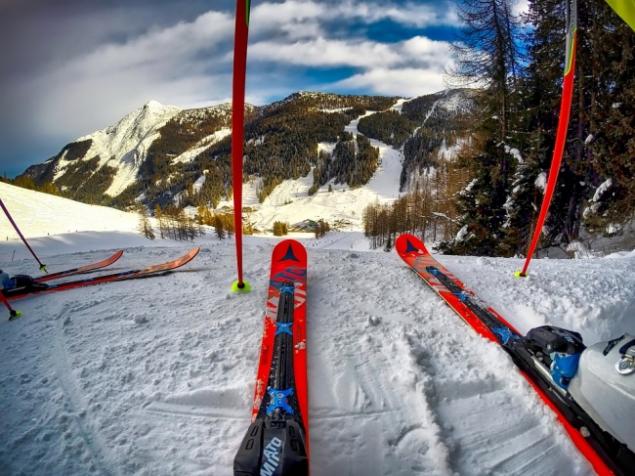
In addition to tennis Howard head had an impact on the development of winter sports. In the late 1940's, he began to establish a new standard of skiing. It was an aluminum ski with a plywood core for strength, plastic chassis surface for easy glide and piping of carbon steel, which crashed into the snow on the turns and could quickly maneuver. So there was the first production mountain skis HEAD "Standart".
Nike
In 1985, Tinker Hatfield , was hired by the company Nike as a designer. For decades, Hetfield has developed a number of Nike models that are today considered classics: Air Max 1, Air Trainer 1, Air Tech Challenge, Huarache, Air Raid.
It Tinker Hatfield managed to persuade Michael Jordan to sign a contract with Nike. The result was the signature brand of Air Jordan, which today is well as shoes for boxers, wrestlers and professional players in American football. And Yes, the verymodel of the Nike Mag from the movie "Back to the future 2" came up, too, Tinker Hatfield.
Photo eastnews preview, pixabay
See also
7 everyday things created by the great genius
7 secrets things of which we were unaware
via www.adme.ru/tvorchestvo-dizajn/7-sekretov-izvestnyh-veschej-o-kotoryh-my-ne-podozrevali-1451565/
How look around us things, not an accident. Once all of these things — furniture, dishes, clothes, appliances — have been developed by designers. Sports equipment is no exception.
The website decided to find out who exactly invented the design of well-known objects from the world of sport.
Soccer ball

The most commonly known form of a soccer ball — not the ball, as we used to think, and truncated icosahedron. Tire of this ball is stitched from 32 panels — 20 white hexagons and 12 black pentagons. The idea of a 32-panel ball was borrowed from the American architect and designer Richard Buckminster fuller. He was looking for new ways of erecting buildings that would make them the closest in form to the sphere or hemisphere. The first such ball was developed by Adidas for world Cup 1970.
Chess pieces

1 Mar 1849 Nathaniel cook registered a new original design of chess pieces. 8 September of the same year the magazine The Illustrated London News published an article which reported that in the creation kit involved the famous English chess player Howard Staunton. New chess design got its name. Chess set design "Staunton" is the recommended for the competition, held by international chess Association.
The Golf ball

In 1905 the English engineer William Taylor patented the ball with an unusual design, its surface was covered with pits. Taylor drew attention: golfers trying to create pits on their goals to increase their aerodynamic properties. He ran tests identified which the surface of the ball will give the best range, and developed a ball with evenly distributed grooves.
Today Golf balls with smooth surface are hardly used. The number of pits rose to 250-450, and in some models their number is greater than 1000.
Figure skates

The prototype of the modern skate design is Jackson Haines 1860-ies — thick blades with cool curved up toe and without teeth. It Haines started to tie skates directly to the soles of shoes before skates were fastened with special straps.
The teeth on the toe of the skate invented by the Swedish skater beginning of XX century Karl Ulrich Salchow. They were necessary to facilitate the implementation of jumps and figures. Then, the skater Nikolai Panin-Kolomenkin perfected the model he created skates with 3 uprights for extra strength. Other essential innovations since it was not, small changes were exposed only to form the ridge, the configuration of the teeth and blade thickness.
Roller skates

In the 1960s, there are models of inline skates for figure skating training. These skates once saw a hockey player Scott Olson. Inspired by the idea, Scott brothers Brennan and Jim decided to make their videos. They reworked the design: skates one-piece of steel with polyurethane inserts for support, were added topolyurethane wheels, a metal frame 2 of the bearing to the wheel and toe brakes.
In 1980, the brothers Olson founded Rollerblade Inc., which has become a world leader in the production of roller skates.
Tennis racket

In 1874 the Englishman Walter Wingfield was granted a patent for the invention of the game "sferistika" — from this moment begins the history of tennis.
In 1976, engineer Howard head designed a racquet , Prince Classic with big size rims are made of aluminum. A large area of the rim Prince Classic has greatly enhanced "game spot", the racket became more comfortable with the game.
Modern tennis rackets are made of graphite. The first fully graphite racket called Cannon in 1974 released us company Aldila.
Skiing

In addition to tennis Howard head had an impact on the development of winter sports. In the late 1940's, he began to establish a new standard of skiing. It was an aluminum ski with a plywood core for strength, plastic chassis surface for easy glide and piping of carbon steel, which crashed into the snow on the turns and could quickly maneuver. So there was the first production mountain skis HEAD "Standart".
Nike

In 1985, Tinker Hatfield , was hired by the company Nike as a designer. For decades, Hetfield has developed a number of Nike models that are today considered classics: Air Max 1, Air Trainer 1, Air Tech Challenge, Huarache, Air Raid.
It Tinker Hatfield managed to persuade Michael Jordan to sign a contract with Nike. The result was the signature brand of Air Jordan, which today is well as shoes for boxers, wrestlers and professional players in American football. And Yes, the verymodel of the Nike Mag from the movie "Back to the future 2" came up, too, Tinker Hatfield.
Photo eastnews preview, pixabay
See also
7 everyday things created by the great genius
7 secrets things of which we were unaware
via www.adme.ru/tvorchestvo-dizajn/7-sekretov-izvestnyh-veschej-o-kotoryh-my-ne-podozrevali-1451565/
